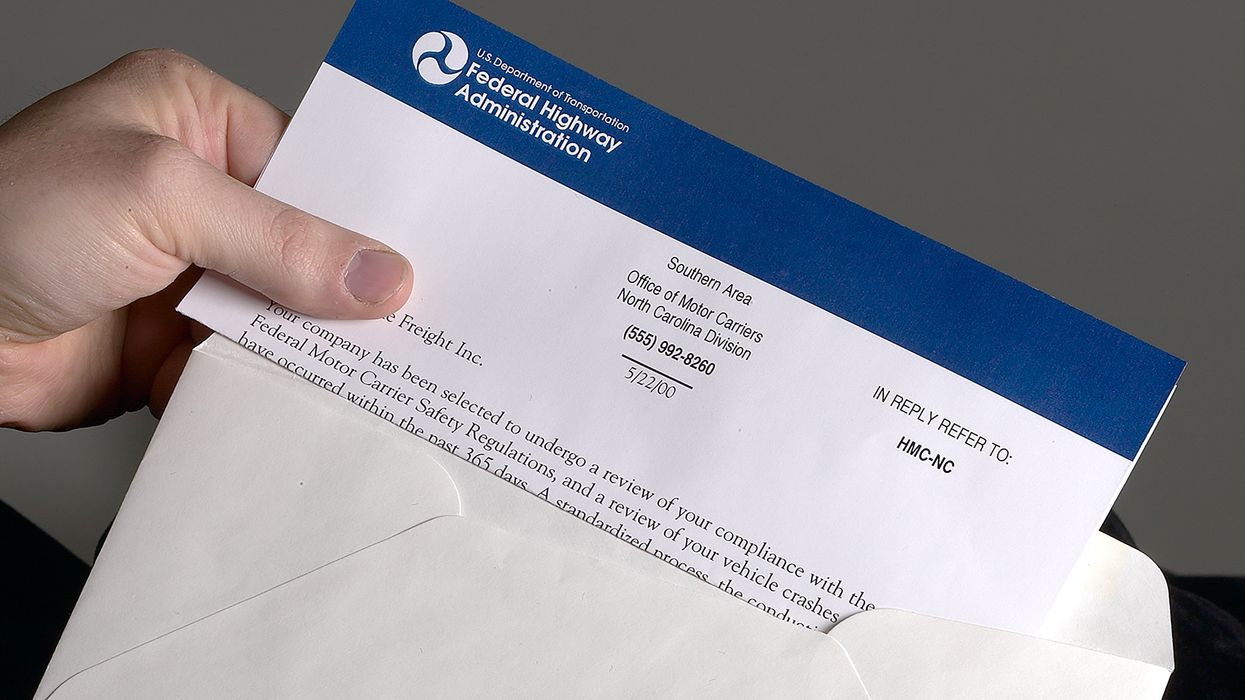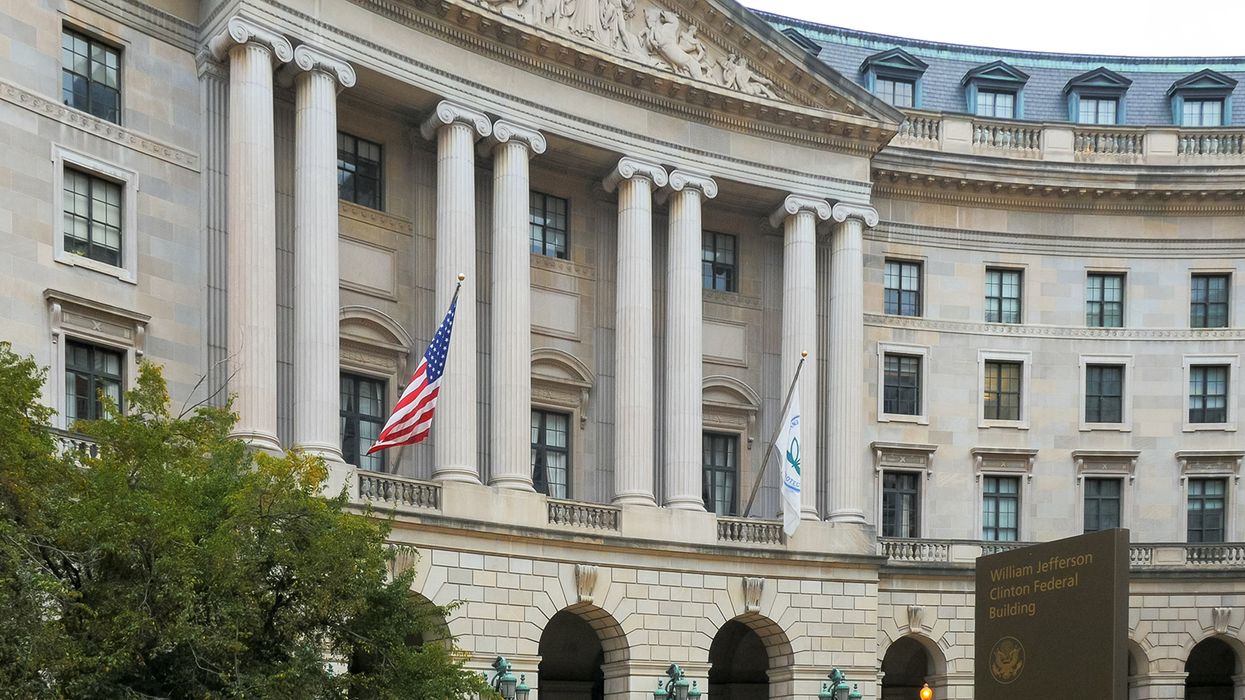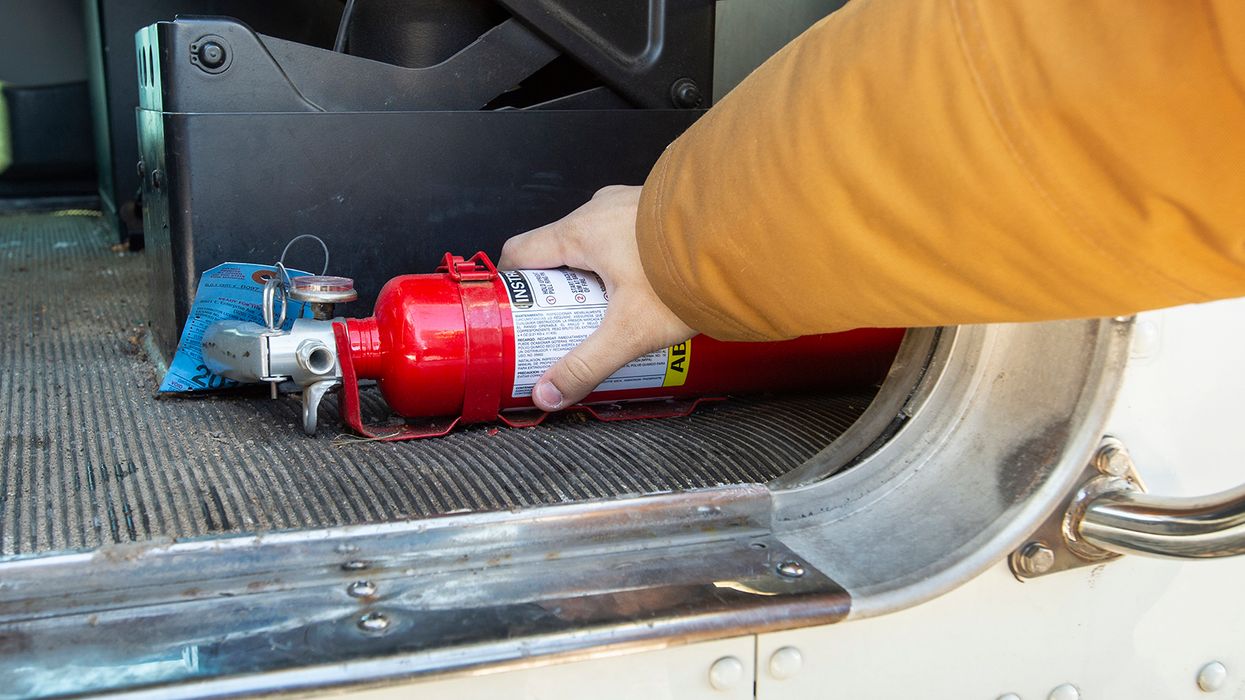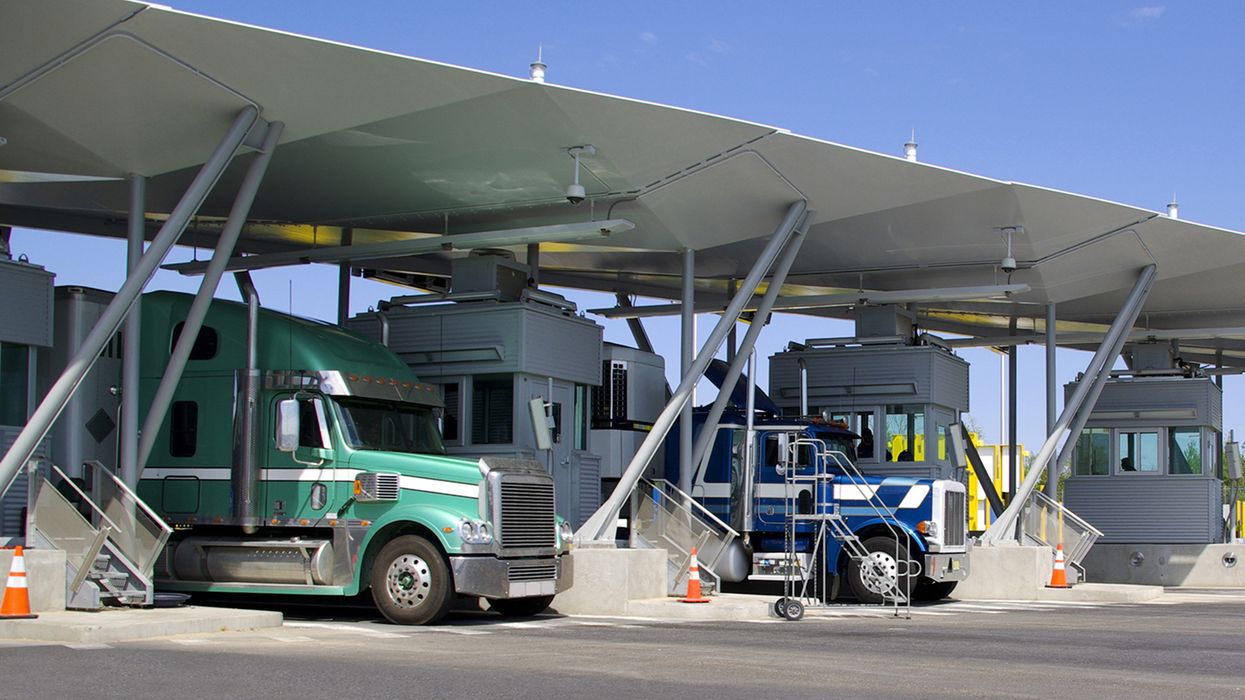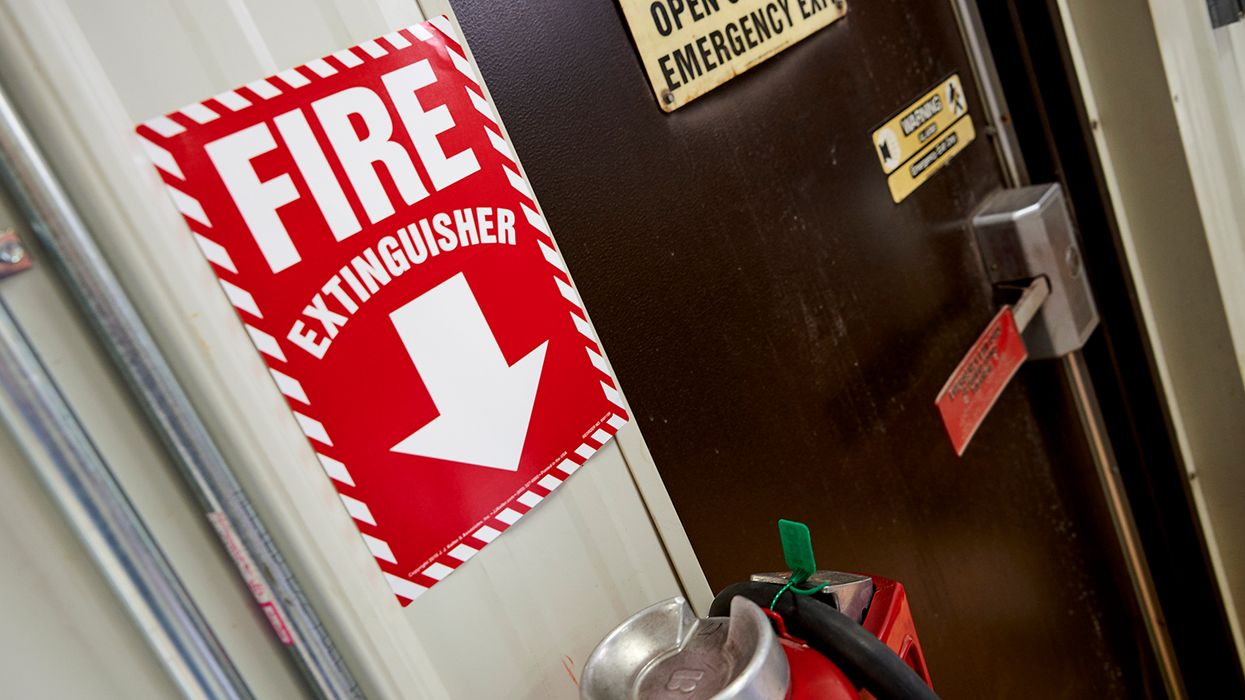What’s the fine for that? It’s complicated!
“What’s the fine?” is not a simple question to answer when it comes to violations discovered during carrier investigations (audits).
The way the Federal Motor Carrier Safety Administration (FMCSA) sets their fines is based on the specific violation, the type of violation, the maximum for that “type” of the violation, and “other factors.”
The type of violation determines the maximum that will be assessed. From there, they look at a variety of factors to settle on the actual amount.
Specific violation
The specific violation involved will have an influence on whether “enforcement action” will be initiated (a penalty being assessed). If certain violations are discovered during an investigation, they are considered so serious that enforcement action must be taken in all cases (violations such as not having a drug testing program and knowingly using an unqualified driver). In the case of other violations, a carrier might not be penalized until a “pattern” of violations is found.
Type of violation
Here are the “types” of violations and the maximum penalty for each (these are found in Appendix B to Part 386 and are adjusted for inflation annually):
- Recordkeeping: This applies when the carrier was attempting to comply and had the required records, but there are violations in the records, or the carrier did not have a record that was required by a recordkeeping regulation. The penalty will be up to $1,388 per day, up to a maximum of $13,885 per violation.
- Non-recordkeeping violation: This applies when a carrier simply does not comply with a requirement (some refer to these as “outright violations” of the safety regulations). The penalty will be up to $16,864 for each violation. Using an unqualified driver would be an example of a non-recordkeeping violation.
- Knowingly falsifying records: Up to $13,885 per violation (in addition to any other penalties for any violations that was being hidden by the false document).
‘Other factors’
Once the violation has been “classified” by the investigator, the next step is reviewing the factors involved, including:
- The “gravity” of the violations (was the violation one that could lead to crashes)
- The need to protect the public interests
- The company’s:
- Ability to pay and remain in business
- Culpability (Did the company know about, allow, and/or encourage the violation?)
- Actions (Did the company know about the violations and was the company trying to stop them from happening?)
- History (I this is the second audit the violation was discovered on, the penalty will be automatically increased, if it is the third audit, the maximum penalty will be assessed.)
UFA comes into play
Once all of the above has been determined, the investigator enters all of the above information into a program called the “Uniform Fine Assessment” tool to determine the exact amount of the penalty. Once the carrier is notified of the penalty via a “Notice of Claim,” the carrier can begin “due process” proceedings that can result in a lowering of the penalty or the outright dropping of specific penalties (see 386.14 and 386.16).
Key to remember: Reduced penalties will likely be assessed to the first-time offender that was taking steps to stop minor violations rather than a repeat offender who had major violations that they were making no effort to stop, or worse, were knowingly allowing or encouraging.

